Imagine you had a conservation tool that could not only predict your future, but the fate of an entire species population. What would you see and what would it tell you? Does the vision show an environment with wildlife thriving in harmony or a bleak landscape that is devoid of diversity? When considering climate change the future of countless species hangs in the balance with a future of uncertain habitats and living arrangements.
But, what if we were able to peer into the future and see the threats coming allowing us to react? When using artificial intelligence (AI) in conservation, we may be able to do this. The question is: Can we harness the power of technology to become not just observers of species decline, but architects of their survival? The following blog post will explore ways we can do this using AI.
Table of Contents
Can AI Predict the Future of Conservation?
AI cannot predict the future, at least not yet, but we can use the insights produced by it to determine potential threats to species before they strike. The technology unleashed by AI offers another tool in the toolbox of species conservation and environmental protection. The algorithms of AI are trained on immense datasets of environmental data, historical trends, animal behavior patterns, and species distributions.
What can AI predict?
By analyzing the information as its disposal AI can:

- Predict places where poaching may occur: The algorithms of AI can identify areas that are vulnerable to illegal activity based on factors such as animal migration patterns, accessibility of the terrain, and previous poaching incidents. Using this data, conservationists tasked with protecting the wildlife can be deployed strategically and either deter poachers or catch them in the act. Some example projects include Conservation AI and WildTrack.
- Map Habitat Loss: AI can analyze satellite and aerial imagery and land-use data to identify those places at rick of deforestation, development, or other activities that may destroy habitat. Those areas can then be targeted for protective measures and critical habitats can be secured for present and future residents.
- Model Climate Change Impact: AI can bring together climate change data and species data to make predictions on climate change impact. These predictions include how rising temperatures, changing precipitation patterns, and other climate shifts might affect both the species and the habitats they rely on.
Other things that AI can do
There are many other things that AI can do to help in conservation efforts. These include:

- Optimizing Resource Allocation: AI can identify the most effective conservation strategies and allocate resources in a cost-effective way given limited budgets. The accuracy of these efforts greatly depends on data quality and design of the models. Increased expertise and public engagement is crucial to have optimal results.
- Monitor Populations in Real-Time: Cameras and drones that are powered by AI can monitor animal populations and give insights into their current health, behavior, and future potential threats.
- Engage the Public: AI produced data can help raise awareness about the plight of endangered species, their habitats, and threats. Data collection efforts can be crowdsourced driving more public engagement.
What does the Future Hold?
For AI in conservation to reach its maximum potential, data quality and accessibility need to be improved. Collaboration between AI experts, conservationists, and people in charge of policy is paramount to ensure the best and most responsive implementation of AI in conservation. Using AI, we can move from a reactive to a proactive stance giving the species of the planet a chance to thrive in a future that is uncertain due to climate change.
Ways your Organization Website can Benefit
Your website designed by Silphium Design can benefit from the talents of AI by:
- Educating your Visitors and Members: AI can provide insights about the unique features of your watershed, natural area, or preserve and spotlight ways they can make a difference.
- Focusing your Conservation Efforts: AI can provide insights into efforts being made on in your area to protect species and habitats. It can also determine what species may be coming in the future guiding the restoration and protection of critical habitats.
- Increase Citizen Engagement and Drive Membership Efforts: AI can be used to involve people in citizen science projects, by showing the use of their data in local conservation efforts giving a sense of ownership and pride in their area.












